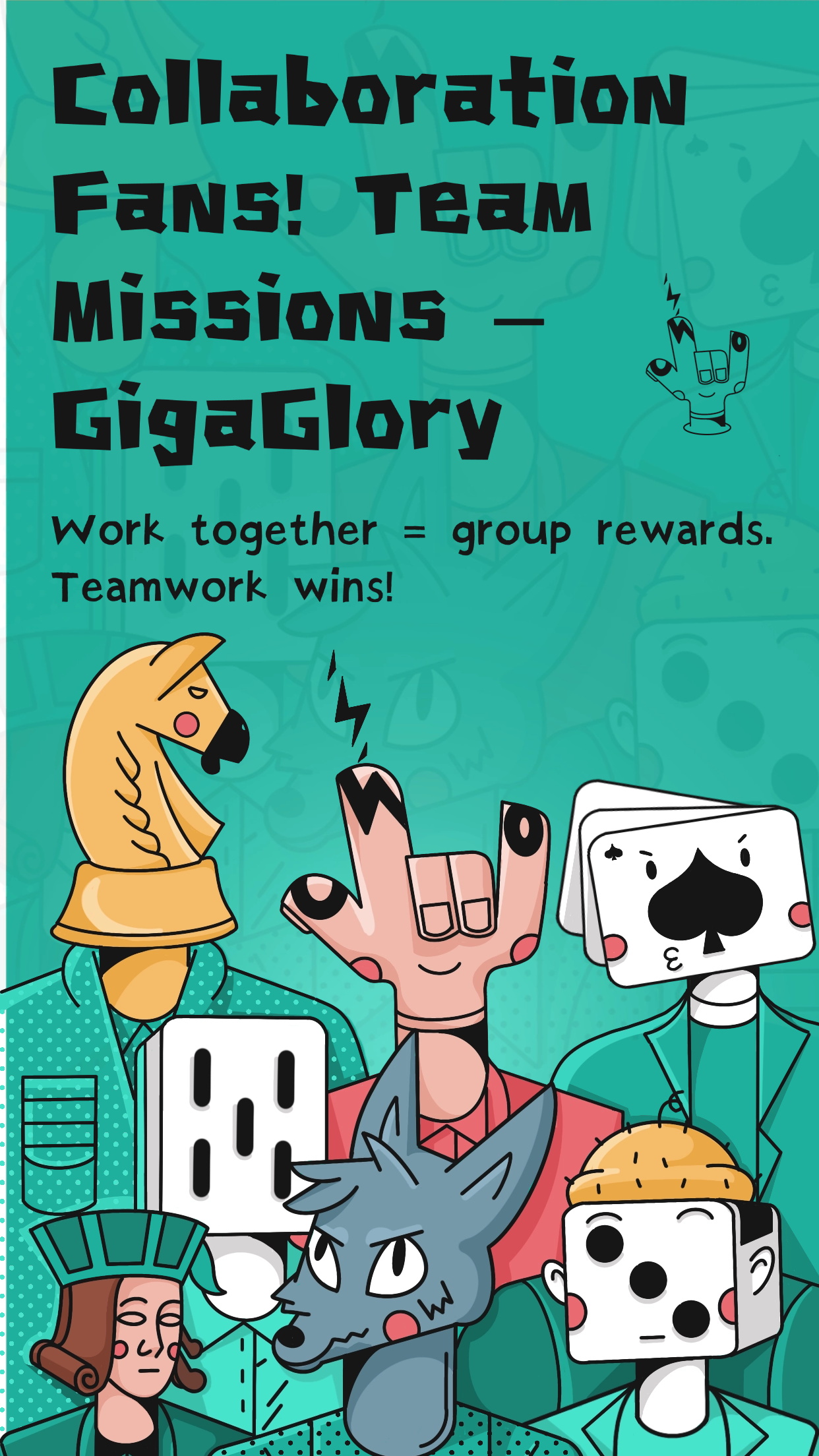Why Sandbox Games Dominate the Offline Gaming Experience: A Deep Dive into Creativity and Freedom
When you think about gaming, what's the first thing that pops into your mind? Multiplayer battles? Epic storylines? Or perhaps a world where your imagination is the only limit? For many, the answer is sandbox games. These games are more than just a genre; they're a phenomenon that has cemented themselves as the backbone of offline gaming experiences. In this article, we will explore why sandbox games captivate players, delve into their unique characteristics, and discover how they differ from more structured gaming formats like Clash of Clans layouts and those tactical squad games. Buckle up as we traverse through the landscapes of creativity and freedom!
Understanding Sandbox Games
Before diving deeper, let’s define what sandbox games are. Sandbox games allow players significant freedom to explore and interact with the game world, much like a child playing in a sandbox. Players can manipulate the environment, create structures, and engage with the game's elements in myriad ways. Titles like Minecraft and Terraria showcase this open-ended approach, fresh off the standard quest-based or linear gaming.
The Appeal of Creativity
One major factor driving the popularity of sandbox games is the unlimited creativity they offer. Players aren’t just following a set pathway; they can craft their own journey. Want to build a medieval castle? Go for it! Prefer to create a sprawling urban landscape? The power is in your hands! This creativity doesn’t just entertain; it also engages the brain in challenging and unexpected ways.
Freedom of Choice
Sandbox games offer freedom like no other. Think for a moment about the choices you can make. Would you like to cooperate with friends or go solo? Want to farm, fight, or explore? Players are given the option to navigate the game in a manner that resonates most with their individual gameplay style. This level of autonomy is what keeps players hooked.
Offline Experience Versus Online Gaming
One might wonder, why do sandbox games thrive in offline environments? For starters, offline gaming eliminates the distractions often associated with online games. Players are free from bandwidth issues, server crashes, and other online nuisances. Instead, they can fully immerse themselves in a world of their own making. Here’s a comparison chart for clarity:
| Aspect | Sandbox Games (Offline) | Multiplayer Online Games |
|---|---|---|
| Creativity | High | Limited |
| Freedom to Explore | Unrestricted | Task-Driven |
| Social Interaction | Solo or Local | Global |
| Server Issues | None | Common |
Player-Centric Design
Unlike traditional games that often have a predetermined storyline, sandbox games’ player-centric design invites individuals to carve their own narratives. The emotional investment grows because players feel like active participants in their worlds rather than mere observers.
Diversifying Gameplay Mechanics
Another strong point for sandbox games is the diverse gameplay mechanics they incorporate. Players can engage in building, crafting, exploring, or combat, and each activity might appeal to different player personalities. A player might prefer strategizing for combat while another finds joy in artistic expression through construction.
Cultivating Community through Sharing
While you can play sandbox games offline, they also foster communities that often exchange ideas and designs. Players share their unique creations, from amazing Clash of Clans layouts to innovative structures in Minecraft, often through social media platforms or forums. This sharing enhances the gaming experience, allowing individuals to draw inspiration from one another.
Sandbox Games and Problem-Solving Skills
One can argue that sandbox gaming develops critical problem-solving skills. Players often encounter challenges that require creative solutions. Whether it’s figuring out the best strategy for creating a sustainable farm or defending against enemies, each decision builds analytical skills.
The Future of Sandbox Gaming
As technology evolves, so too will sandbox games. The integration of virtual reality might change the way we interact with these games. Imagine literally stepping into your crafted world, feeling the textures, and hearing the sounds around you! The possibilities are endless.
Last War Games: Performance Comparison
In this digital age, even the squad-based games are leaning toward the sandbox mechanics. The last war games are becoming a hot topic, especially concerning the "best squad" setups for optimal gameplay. Although these games may seem vastly different from traditional sandbox formats, they share core elements of strategy and creativity.
Key Takeaways
- Sandbox games provide unparalleled creative freedom.
- They allow for unique play styles and problem-solving.
- Offline experiences enhance immersion and reduce distractions.
- Community sharing fosters better engagement among players.
- The future lays in technological advances like virtual reality.
Conclusion
In summary, sandbox games stand tall in the offline gaming sector due to their unbeatable level of creativity and freedom. The interplay between design, player choice, and immersive experience distinguishes them from structured games. Whether navigating your own constructed realm or strategizing your next move in a squad game, the essence remains—sandbox games allow you to play, create, and engage without confines.



